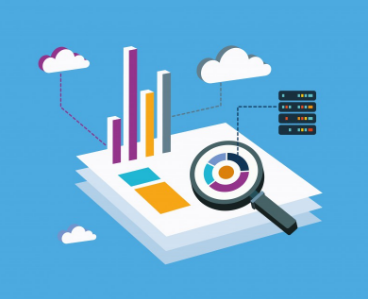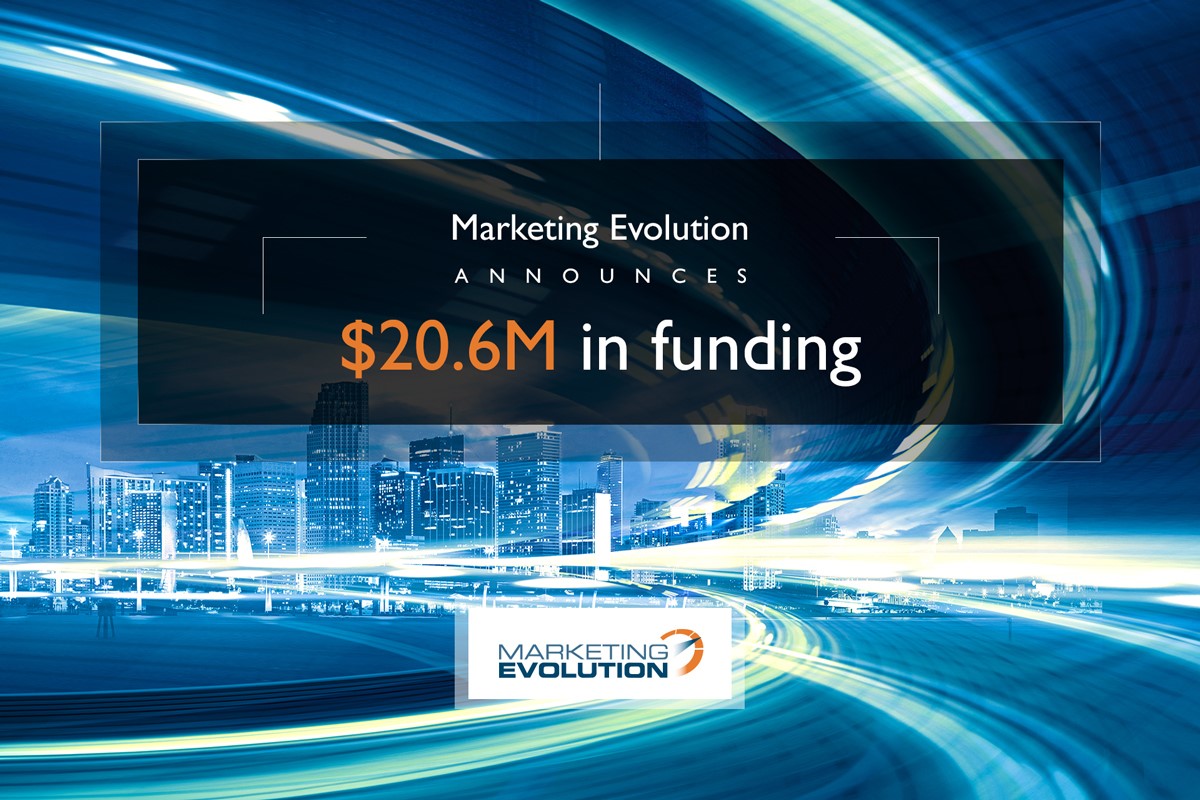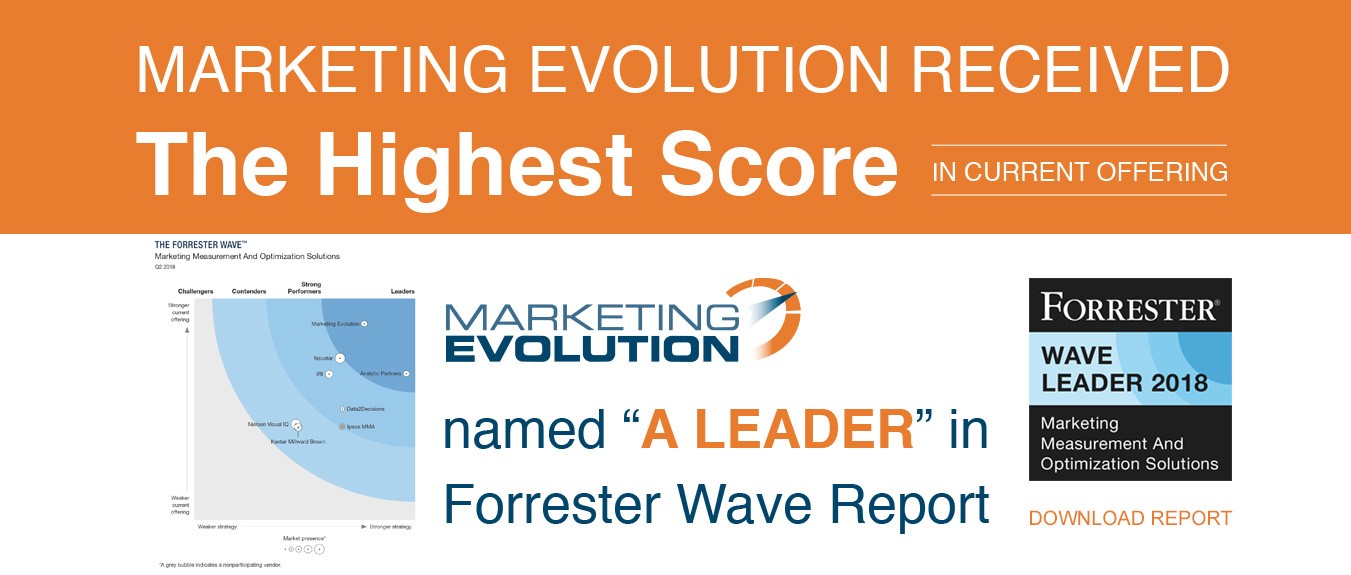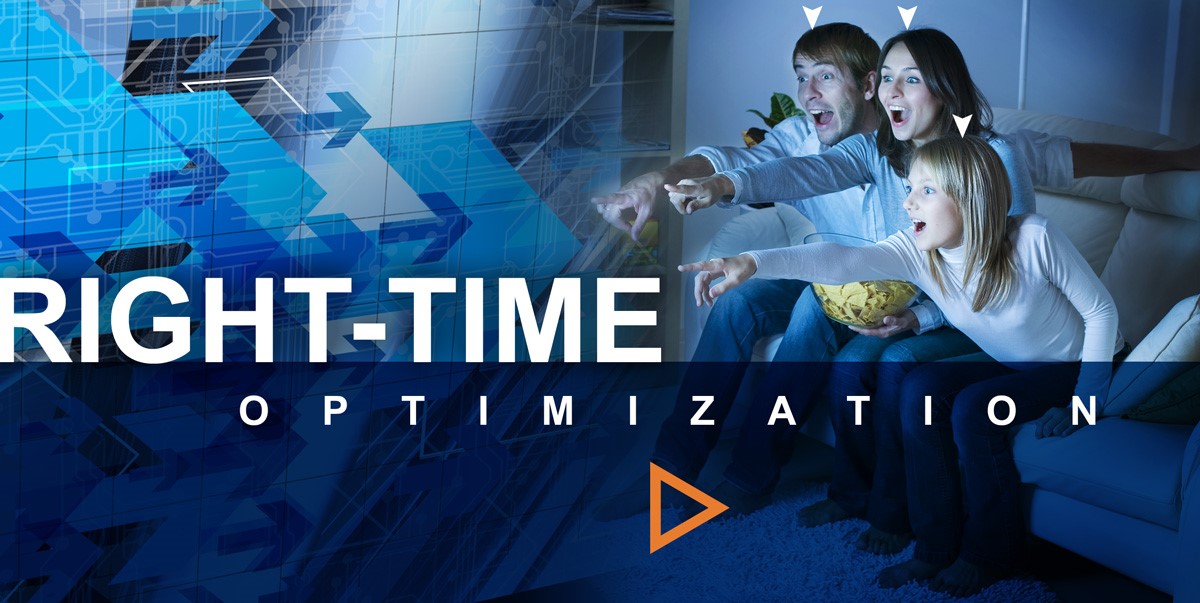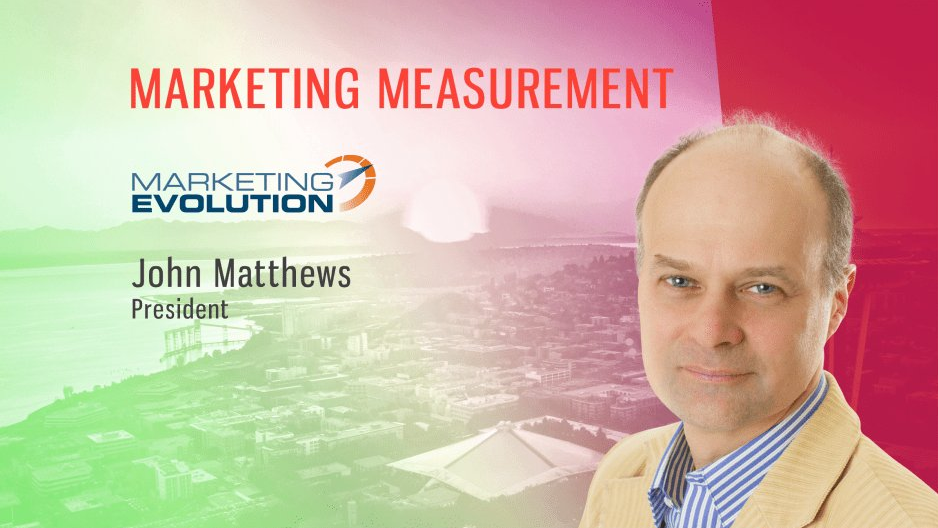Marketing Analytics and the Changing Consumer Landscape
With the consumer experience of the past, marketers were in control of all media. Today, the buyer is in control of the media and marketing material they engage with on a day-to-day basis.
In order to reach consumers in a relevant way that will encourage them to interact, and generate effective ROI, marketing analytics software has had to grow in complexity alongside these shifting consumer dynamics. Many platforms are now able to perform a variety of functions that can effectively measure offline and online media mixes, marketing spend, creative messaging, and more.
To keep up with changing consumer expectations, marketers have had to reevaluate what they need out of marketing analytics platform, as well as the capabilities and metrics they must focus on to reach today’s empowered consumer.
The Evolution of the Consumer Landscape
In the past, the relationship between businesses and consumers was a seller’s market. Marketers would leverage a variety of outbound marketing techniques like print and broadcast to distribute their messaging to as many consumers as possible.
From there, the consumers willingly engaged in the mass marketing efforts. Today’s consumers are completely different. The introduction of digital marketing, along with the interactivity and audience targeting that came with it, have revolutionized the way marketers and consumers interact.
In order to properly understand the evolution of the consumer landscape, we have to look at it as a moving target; stop and take a moment to aim at one trend, and it has already shifted again. This is because modern consumers engage with their media at a much faster pace than in years past, across more devices. They’re exposed to an overwhelming amount of marketing messages—up to 10,000 a day—and as a result, only engage with messages that are relevant to their needs.
Today’s digital connectivity has given consumers instant gratification in regards to how they engage and purchase from businesses. Over a variety of desktop, mobile, and IoT devices, consumers can quickly research products and services for informed buying decisions and greater savings. This shift means marketers now need to change their strategies to facilitate the convenience consumers have come to expect.
To this end, marketers need real time, specific insights from their marketing analytics software that can highlight consumer trends and identify opportunities that can be leveraged for campaign success.
Customer Analytics Tools for Today’s Consumer Landscape
Today, marketers need analytics with key features that can highlight the areas within the consumer landscape that are most impactful, and dive deeper into the ways marketers can use these analytics as media planning tools.
Specifically, marketers need to ensure their marketing analytics software can properly handle:
Correct modeling formulas and data
Marketing analytics platforms today combine insights from marketing mix models, digital attribution, and even outside elements like weather patterns. However, this unified marketing approach is only effective when the analytics platform leverages the correct data and modeling formulas together. Without this critical combination of accurate insights and modeling, the ramifications to marketing effectiveness can be severe.
Market opportunity
One of the most common mistakes marketers make when looking at the market data their analytics software generates is that of market opportunity. Consumers engage with marketing and media alike at too fast a rate for anything but insights that can be implemented during a campaign. In order for marketers to effectively generate optimal ROI, the marketing analytics software they use needs to provide rapid insights into the latest consumer shifts, and then provide insights into how those shifts can be accommodated within a campaign.
Campaign spend
As consumer expectations shift and opportunities are identified, the subsequent changes in media mix, messaging, audience targeting, etc. mean that the overall campaign budget will need redistribution. In order for marketers to change their tactics at the same rate as the consumer trends shift, they need marketing attribution software that can provide insights into the optimal spend for each channel along the media mix.
Audience engagement
Today’s consumers expect the media they engage with to be relevant and targeted at the person-level. To meet this demand, marketers need an analytics platform that determines what the right creative message is, who to deliver it to, what channel to deliver it through, and when to send it to the consumer. With these insights, marketers can ensure that they’re reaching the right people at the right time, no matter which direction the landscape shifts.
Final Thoughts
To keep up with today’s empowered consumer, marketing analytics must be able to adapt in real time, accurately identify new opportunities, and facilitate in-campaign optimization. Marketers can then combine these insights for better consumer engagement.




